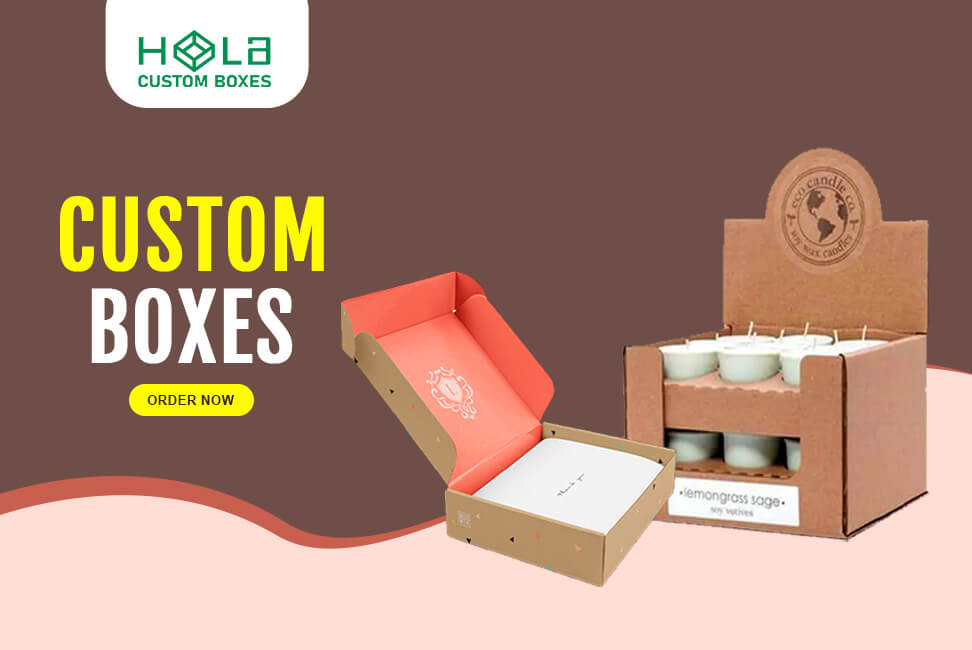3 Key Considerations for Budgeting Your Packaging
2025-08-04 16:10:40
When you're planning your packaging budget, you'll quickly discover that the process involves more than just calculating material costs. You're actually maneuvering a complex web of interconnected decisions that can greatly impact your bottom line. From volume planning to quality standards and hidden expenses, each choice you make creates a ripple effect across your entire operation. Understanding these key considerations will help you avoid costly mistakes and optimize your packaging strategy.
Main Points
Strategic volume planning helps determine optimal order quantities and potential bulk discounts for cost-effective purchasing decisions.
Initial packaging costs must account for hidden expenses like inserts, fillers, and insulation materials beyond basic unit pricing.
Material selection impacts both immediate costs and long-term value through durability and reduced replacement needs.
Production complexity affects overall costs, with simpler designs typically being more economical to manufacture at scale.
Shipping expenses vary significantly based on packaging weight and dimensions, directly influencing total procurement costs.
Strategic Volume Planning and Cost Optimization
When planning your packaging budget, strategic volume analysis serves as the cornerstone of cost optimization.
You'll need to carefully analyze your sales forecasts to determine the most cost-effective order quantities while preventing excess inventory that could lead to waste.
Consider bulk purchasing opportunities that offer lower per-unit costs, but don't commit without accurate demand projections.
Smart bulk purchasing can reduce costs, but always base volume commitments on solid demand forecasts to avoid overstock.
You'll want to balance these potential savings against your storage capabilities and product turnover rates.
Factor in your design complexity requirements, as simpler designs typically cost less to produce at scale.
Remember to account for shipping expenses when calculating your total packaging costs. Additionally, consider custom sizes and materials that can influence both production costs and the overall effectiveness of your packaging strategy.
Quality Standards and Material Selection
You'll need to evaluate durable cardboard and eco-friendly options that can justify higher initial costs through enhanced product protection and consumer appeal. Consider how your material choices impact shipping expenses - heavier packaging drives up freight costs. While premium features like embossing or foil stamping enhance aesthetics, they'll increase production costs. Digital printing offers a cost-effective alternative for smaller runs and frequent design updates. When reviewing materials, factor in long-term durability and environmental impact. Higher-quality materials can reduce replacement needs and attract eco-conscious customers, potentially offsetting initial investments. Additionally, eco-friendly materials utilized in production can appeal to a growing market segment focused on sustainability.
Uncovering Hidden Packaging Expenses
While packaging costs may appear straightforward at first glance, numerous hidden expenses can affect your overall profitability. Often overlooked components like inserts, fillers, and insulation materials can quietly add up and strain your budget. Regularly reviewing your packaging strategy helps detect these hidden costs early. Additionally, focusing solely on unit pricing overlooks total procurement costs, including shipping, storage, and handling. Maintaining a contingency fund for unforeseen packaging expenses ensures you’re prepared for unexpected budget fluctuations.
Assessing Long-Term Value for Smarter Investment
When considering long-term value, it's essential to factor in how material quality and durability influence overall cost-effectiveness. While premium materials may require a higher initial investment, they often reduce the need for replacements and provide better protection during shipping, ultimately saving money. Investing in high-quality packaging not only ensures product safety but also reflects positively on your brand. This strategic approach helps maintain packaging performance while supporting financially sound business decisions.
Conclusion
By evaluating your packaging budget through strategic volume planning, material selection, and hidden cost assessment, you'll optimize your overall investment. While high-quality materials may cost more initially, they'll reduce long-term expenses and enhance product protection. Don't overlook the impact of indirect costs like fillers and inserts. Balance these factors to develop a cost-effective packaging strategy that meets both quality standards and budget constraints.
